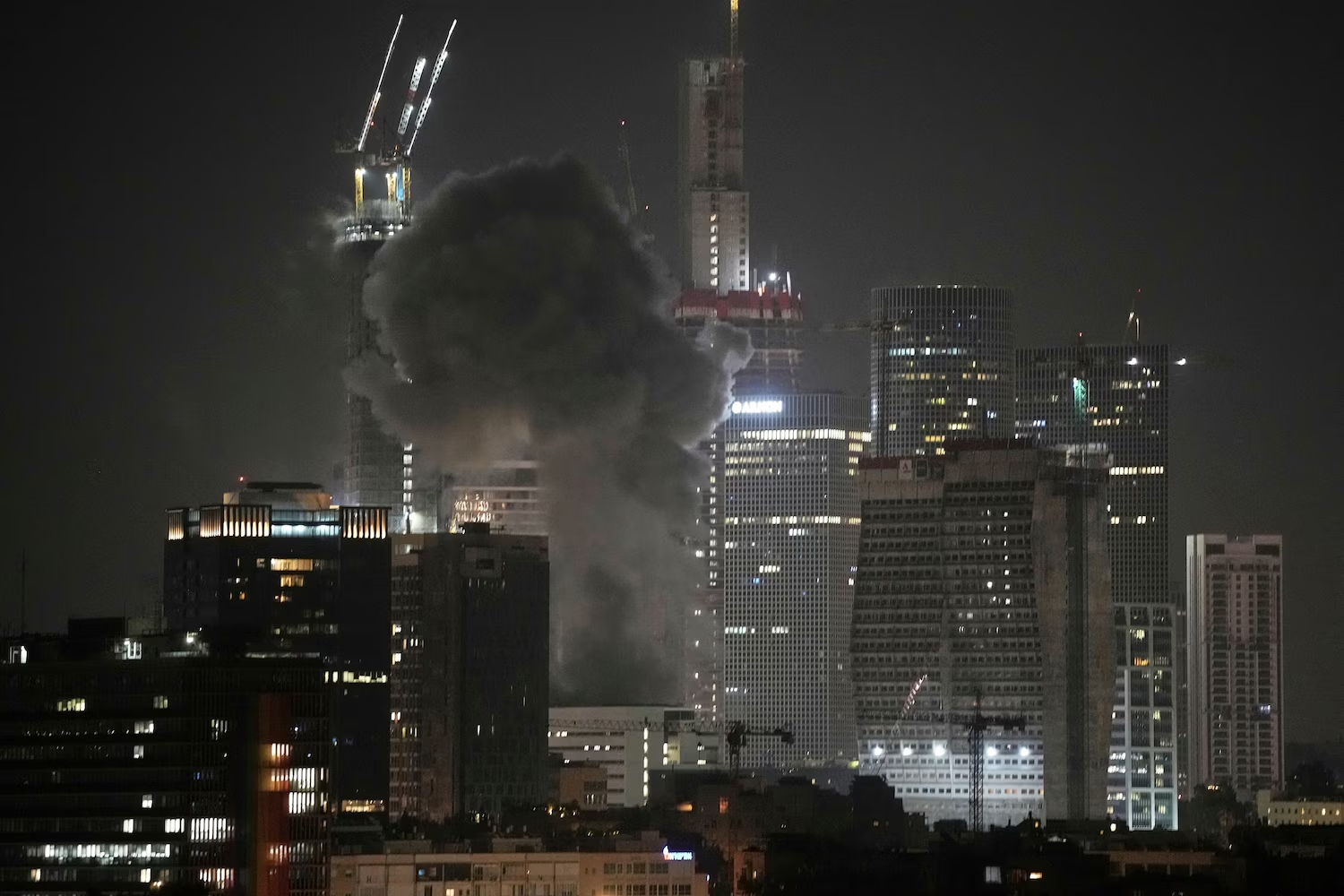In a dramatic escalation of tensions in the Middle East, dozens of missiles were launched from Iran toward Israel late on Friday, according to a confirmed statement from the Israel Defense Forces (IDF). The attack, which was partially intercepted by Israel’s defense systems, has triggered widespread alarm, emergency responses, and international concern.
Dozens of Missiles Fired: Some Intercepted by Iron Dome
The IDF posted on social media platform X (formerly Twitter) confirming the missile barrage and the ongoing search and rescue operations in various parts of Israel. Some of the missiles were intercepted by the Iron Dome missile defense system, but others may have landed, prompting damage assessments and emergency alerts.
Citizens across Israel have been urged to remain close to shelters, even if permitted to leave temporarily. The instructions underscore the seriousness of the threat and the potential for further attacks.
The Largest Strike in Recent Tensions
While the exact motive behind Iran’s missile strike remains unclear, the scale and coordination of the attack suggest it is not an isolated incident. The attack comes amidst growing hostilities in the region, especially between Israel, Iran, and proxy groups such as Hamas and Hezbollah.
The Iron Dome, a critical component of Israel’s national defense, has again proven effective, intercepting several of the incoming projectiles. However, the volume of missiles highlights the limits of any defense system, leaving Israeli civilians exposed to danger.
IDF and Emergency Services Mobilize Nationwide
The IDF did not provide details about specific areas hit or the number of casualties. However, search and rescue efforts are ongoing, as first responders assess the damage and provide aid to affected civilians.
Israeli authorities continue to advise the public to remain vigilant and stay near secure areas, with many schools, businesses, and public services placed under emergency protocol.
A Complex Geopolitical Web Behind the Attack
Iran’s direct involvement in the missile launch marks a dangerous escalation in the long-standing hostilities between the two nations. Iran has historically supported anti-Israel groups and often operates through proxy organizations. This strike, however, indicates direct military engagement, sparking fears of a broader regional conflict.
This attack occurs in the context of an already unstable Middle East, where nations grapple with internal turmoil, economic strain, and diplomatic stagnation.
Global Condemnation and Calls for De-Escalation
The international response has been swift. Governments worldwide have condemned the attack, expressing solidarity with Israel and urging restraint. The United Nations has called for an immediate de-escalation, while world leaders push for renewed diplomatic efforts to resolve the wider Israeli-Palestinian conflict and tensions with Iran.
Despite these appeals, the possibility of further escalation remains very real.
Civilians Under Siege: The Human Toll of War
For the Israeli people, this latest missile strike is another reminder of the ever-present threat they face. The psychological toll of living under the constant sound of sirens, rushing to shelters, and facing life-threatening danger has left a deep impact on many communities.
Children, elderly citizens, and families are again navigating the fear and trauma of conflict zones, even in the heart of cities.
Israel’s Military Response: What Comes Next?
The IDF’s rapid response and interception of missiles signal Israel’s readiness to defend its sovereignty. However, military experts acknowledge that no system is foolproof, especially against high-volume attacks like this one.
Israel is now faced with critical decisions — how to respond militarily, how to safeguard its people, and how to manage international diplomacy in a volatile environment.
Conclusion: A Fragile Peace Under Fire
The missile attack from Iran is a stark reminder of the fragile peace in the Middle East and the enormous challenges faced by Israel and its neighbors. While Israel’s defense systems like the Iron Dome offer some protection, the specter of large-scale conflict looms.
As search and rescue operations continue and the world watches closely, the path forward remains uncertain. The hope for a peaceful resolution endures, but the reality on the ground is one of fear, resilience, and the urgent need for international diplomacy.

